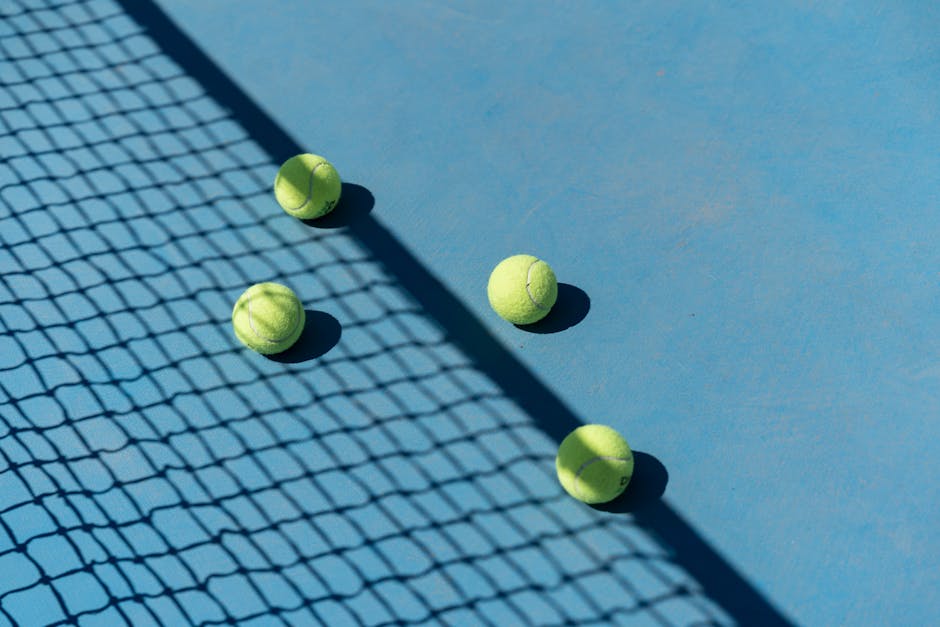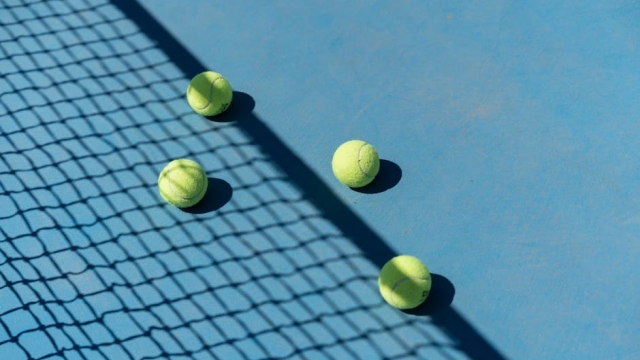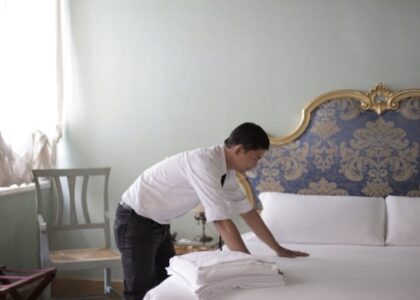
Padel, a racquet sport that combines elements of tennis and squash, has gained immense popularity around the world. As more people seek to enjoy this engaging sport, the demand for quality padel courts has increased significantly. Understanding the padel court installation process is essential for those looking to create a space dedicated to this exciting activity. This guide will provide a comprehensive overview of what is involved in installing a padel court, including types, dimensions, steps, materials, best practices, and maintenance tips.
Overview of Padel Courts: Types and Dimensions
Padel courts come in various types, but the most common is the enclosed court, which features glass walls and is typically smaller than a traditional tennis court. The standard dimensions for a padel court are 20 meters long and 10 meters wide, with a net height of 88 centimeters at the center. Courts can be constructed for various levels of play, including recreational or competitive, and can also be adapted for outdoor or indoor environments. Understanding these dimensions and types is crucial before embarking on the installation journey.
Step-by-Step Installation Process
The process of installing a padel court involves several key steps to ensure a successful outcome. Here is a breakdown of the main phases:
1. Site Selection
Choose a suitable location that has enough space for the court and meets accessibility requirements. The area should be level and free of any obstructions.
2. Ground Preparation
Once the site is selected, prepare the ground by leveling it and ensuring proper drainage. This may involve excavation and compaction to create a solid base.
3. Foundation Installation
Construct a concrete foundation that will support the court structure. This foundation is crucial for stability and should be carefully measured to ensure accuracy.
4. Court Structure Assembly
Assemble the court structure, which typically includes steel frames and glass panels. Ensure that all components are securely attached and aligned according to specifications.
5. Surface Installation
After the structure is in place, install the playing surface, which may consist of artificial turf or other materials designed for padel. This surface should provide the right amount of grip and cushioning for players.
6. Net and Accessories
Finally, install the net system and any additional accessories, such as lighting or seating, as needed. Ensure that everything is properly secured and functional.
Materials Needed for Padel Court Construction
The materials required for the installation will vary based on the specific design and location, but the following are commonly used:
- Concrete: For the foundation and base.
- Steel Frames: To construct the court structure.
- Glass Panels: For the walls of the court.
- Playing Surface Material: Such as artificial turf.
- Net System: Including poles and netting.
Best Practices for Padel Court Installation
To ensure a successful installation, consider the following best practices:
- Engage with professionals who have experience in the padel court installation process.
- Adhere strictly to the dimensions and specifications set by official padel organizations.
- Consider site drainage and environmental factors to prolong the court’s lifespan.
- Opt for high-quality materials to enhance durability and performance.
Maintenance Tips for Padel Courts
Once the court is installed, regular maintenance will help keep it in optimal condition. Here are some tips:
- Regularly clean the surface to remove debris and ensure good playing conditions.
- Inspect the structure periodically for any signs of wear or damage.
- Maintain the net and other accessories to ensure they remain functional.
- Address any drainage issues promptly to prevent water accumulation.
In conclusion, understanding the padel court installation process is vital for anyone looking to create a functional and enjoyable space for this beloved sport. By following the outlined steps, utilizing the right materials, adhering to best practices, and maintaining the court effectively, you can ensure a successful project that will provide enjoyment for years to come. For more detailed guidance and resources, please visit Mondo Padel.






